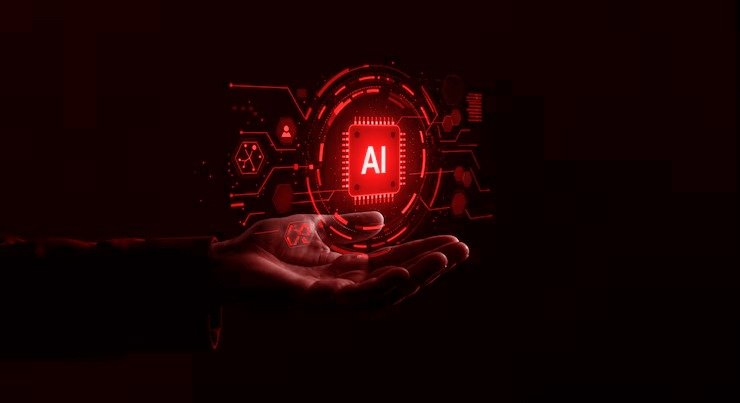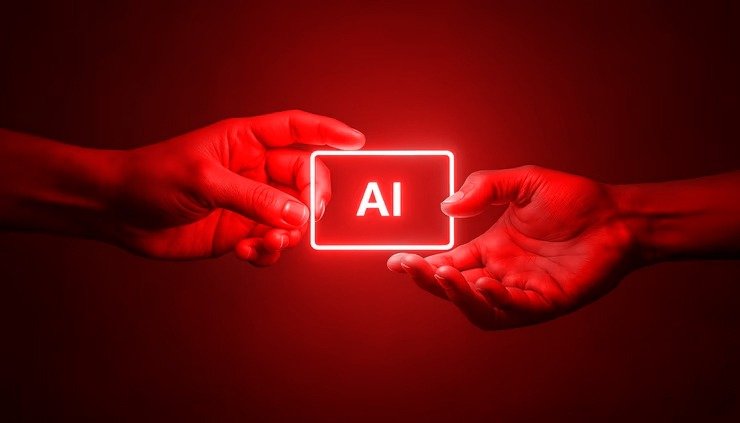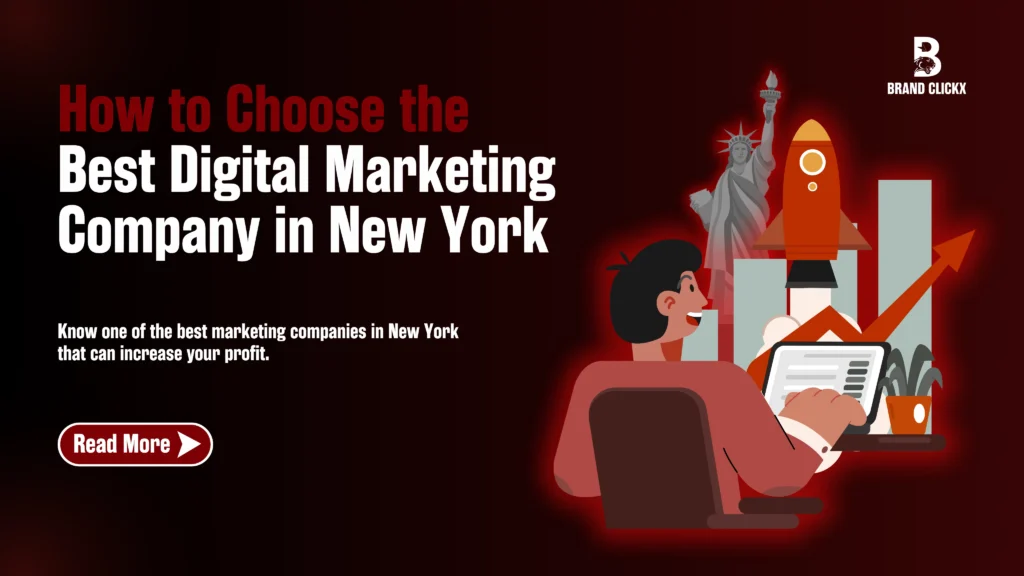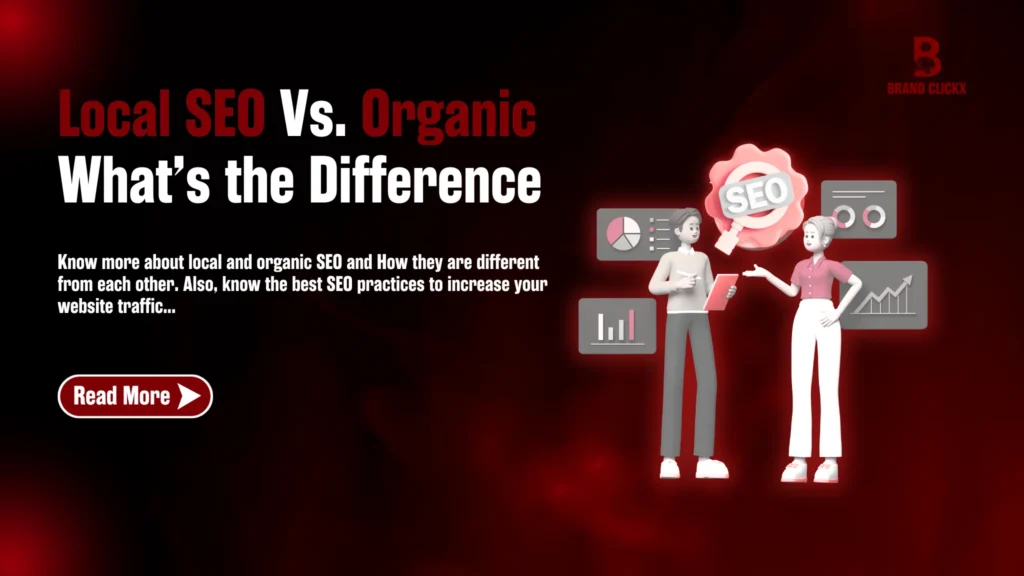Introduction: The AI Revolution in Digital Marketing
The landscape of digital marketing is changing faster than ever before, and much of this transformation is driven by artificial intelligence. In 2025, AI digital marketing tools are no longer optional; they are essential. Marketers who embrace AI can deliver personalized experiences, predict customer behavior, and optimize their strategies with data-backed precision.
For digital marketers and tech-savvy business owners, understanding how to leverage AI tools is the key to staying ahead. This guide explores the most powerful AI applications in marketing, how to use them effectively, and what the future holds.
What Are AI Digital Marketing Tools?
AI digital marketing tools are platforms or software powered by artificial intelligence that assist in various marketing activities. These tools analyze vast amounts of data, identify patterns, automate tasks, and deliver insights faster than any human ever could.
Common types of AI tools include:
- Chatbots for customer service and lead generation
- Predictive analytics to anticipate user behavior
- AI content generators for blogs, ads, and visuals
- Personalization engines to tailor experiences
In 2025, these tools are integrated across the entire customer journey—from the first touchpoint to post-sale support—streamlining operations and boosting ROI.
Chatbots: The Frontline of Customer Engagement
Chatbots have evolved far beyond basic scripts. Today’s AI-powered chatbots can handle complex queries, understand natural language, and even initiate conversations based on user behavior.
Why Chatbots Matter in 2025:
- 24/7 customer support without human staff
- Instant responses that reduce bounce rates
- Lead qualification through interactive Q&A
- Personalized product recommendations
Chatbots integrate with websites, social platforms, and messaging apps. For eCommerce businesses, they can recover abandoned carts and provide tailored suggestions. For B2B companies, chatbots qualify leads and route them to appropriate sales reps.
Tools like Drift, Intercom, and Tidio are making AI chatbot deployment more accessible and more intelligent. Marketers should treat them as digital team members capable of engaging, converting, and delighting users.

Predictive Analytics: Anticipating Consumer Behavior
One of the most valuable benefits of AI is its ability to predict what users are likely to do next. Predictive analytics uses data modeling, machine learning, and statistical techniques to forecast behavior such as:
- What products a customer may buy next
- When a user is likely to churn
- Which leads are most likely to convert
- Which campaigns will yield the highest ROI
This insight allows marketers to act proactively rather than reactively. For example, if analytics show a customer is likely to cancel their subscription, marketers can trigger personalized retention campaigns in advance.
Platforms like Salesforce Einstein, Adobe Sensei, and HubSpot’s AI tools bring predictive capabilities to marketing teams of all sizes. With predictive analytics, decisions aren’t just based on historical data—they’re guided by future possibilities.
Hyper-Personalization: Delivering Individualized Experiences
Personalization is not new, but AI takes it to another level. Instead of segmenting audiences into broad categories, AI-powered personalization enables marketers to craft 1:1 experiences.
This involves:
- Product recommendations based on real-time browsing
- Personalized emails generated by user behavior
- Dynamic website content that adapts for each visitor
- Customized ad creatives based on user intent
Hyper-personalization improves engagement and loyalty because users feel understood. Tools like Dynamic Yield, Optimizely, and Persado analyze behavior across devices and platforms to deliver tailored experiences at scale.
Personalization also helps reduce decision fatigue by showing customers exactly what they want, when they need it, and on the channel they prefer. In a crowded digital world, relevance wins attention.
AI-Powered Content Creation and Optimization
AI has become a major player in content marketing. Tools now generate human-like text, create images, and even edit videos. While human creativity remains central, AI enhances content workflows by reducing time, increasing consistency, and providing data-driven optimization.
How AI is Revolutionizing Content:
- AI copywriting: Generate blog posts, headlines, meta descriptions
- SEO optimization: Suggest keywords, structure, and readability
- Content insights: Analyze which pieces perform best
- Visual creation: Design social media images, infographics, and ad creatives
Marketers use tools like Jasper, Copy.ai, and Surfer SEO to streamline content creation. These platforms also optimize content in real time, recommending improvements based on top-performing competitor pages and user behavior data.
However, it’s important to pair AI-generated content with human review to ensure brand voice, accuracy, and emotional nuance are preserved.
Automation in Campaign Management and Ad Buying
Marketing automation is not just about saving time. It’s about executing smarter campaigns that continuously adapt based on performance.
Key Uses of AI in Automation:
- A/B testing at scale
- Retargeting based on user behavior
- Automated email sequences triggered by actions
- Programmatic ad buying with real-time bidding
AI allows marketers to focus on creative strategy while automation handles execution and optimization. Platforms like Google Performance Max, Meta Advantage+, and Mailchimp’s AI tools automate campaign structure, targeting, and performance adjustments.
The future of automation isn’t “set it and forget it”—it’s “set it, watch it learn, and improve it continuously.”

Challenges of Using AI in Digital Marketing
While the benefits are clear, adopting AI in digital marketing also comes with risks and responsibilities. Marketers must navigate:
- Data privacy concerns: AI depends on data. But with laws like GDPR and CCPA, ethical and legal handling of personal information is crucial.
- Loss of human touch: Too much automation can make interactions feel robotic. Brands must preserve empathy and voice.
- Dependence on tools: Over-reliance on AI may reduce strategic thinking. Marketers should understand what the tool does and why.
- Quality of input: AI only performs as well as the data and prompts it receives. Poor inputs lead to poor outcomes.
Success lies in balancing AI efficiency with human intuition. Treat AI as a powerful assistant, not a replacement.
The Future: Where AI in Marketing Is Headed by 2030
Looking ahead, AI in marketing is expected to integrate with even more immersive technologies like voice search, augmented reality, and virtual shopping.
Emerging trends include:
- Voice-driven commerce powered by AI recommendation engines
- AI avatars that deliver product demos or support in 3D spaces
- Emotion AI that adjusts messaging based on tone, mood, or facial cues
- Creative automation for entire campaigns generated from a single brief
By 2030, AI could handle up to 80% of tactical marketing tasks, leaving marketers to focus on brand building, innovation, and customer relationships.
How Businesses Can Get Started with AI Tools Today
Implementing AI into your marketing doesn’t have to be overwhelming. Here’s a simple roadmap:
- Assess your current capabilities: What tools are you using? What’s working?
- Identify high-impact areas: Start with chatbots or content optimization.
- Choose scalable tools: Look for platforms that grow with your business.
- Train your team: Ensure your staff understands how to use AI tools and interpret outputs.
- Monitor and adapt: AI evolves quickly—stay updated and refine strategies accordingly.
It’s not about adopting everything at once. It’s about integrating AI where it matters most for your goals.
How BrandclickX Supports AI-Driven Marketing Transformation
At BrandclickX, we help forward-thinking businesses integrate AI into their marketing strategies seamlessly. Whether you’re looking to launch intelligent chatbots, implement content automation, or use data to drive personalization, our team offers tailored solutions designed to scale.
From initial audit to tool integration and training, BrandclickX ensures that your AI adoption is efficient, ethical, and results-driven. As digital marketing continues to evolve, we’re here to help you stay competitive and ahead of the curve.
Conclusion: Rethinking Marketing in the Age of AI
AI in digital marketing has moved from buzzword to backbone. The businesses thriving in 2025 are not the biggest, but the smartest—those that use AI digital marketing tools to enhance customer experiences, make better decisions, and automate with purpose.
Marketers who embrace AI thoughtfully will lead the next wave of innovation. If you’re ready to explore how AI can transform your digital marketing efforts, BrandclickX is here to support your journey into the future of marketing.
FAQs
1. What are the best AI digital marketing tools in 2025?
Some top tools include Jasper for content creation, Drift for chatbots, Surfer SEO for optimization, and Adobe Sensei for predictive analytics.
2. Can AI replace human marketers?
No. AI supports marketers by handling repetitive tasks and providing insights, but human creativity, empathy, and strategy remain irreplaceable.
3. Is AI personalization safe for user privacy?
Yes, if done responsibly. Always comply with privacy laws like GDPR and use anonymized data where possible.
4. How do I measure ROI from AI digital marketing tools?
Track metrics like conversion rate, customer retention, engagement, and time saved. Most AI tools provide dashboards for performance tracking.
5. What’s the easiest way to start using AI in my marketing?
Start small with tools like chatbots or AI content assistants. Focus on areas where automation or insights can save time and boost results.



